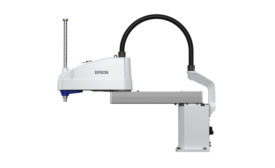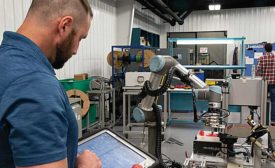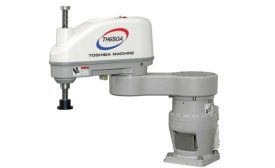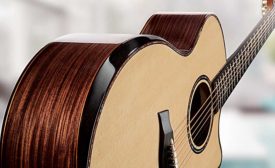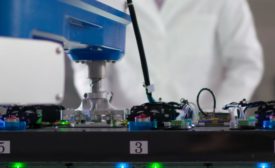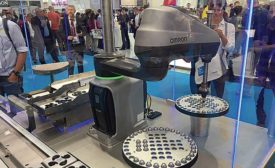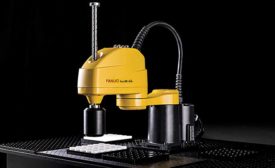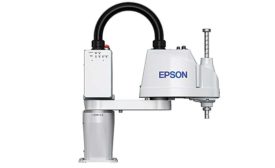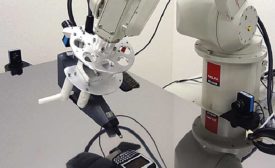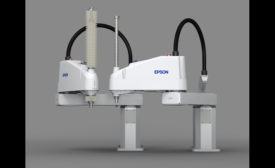Home » SCARA robot
Articles Tagged with ''SCARA robot''
Robotics in the Age of Industry 4.0
Artificial intelligence and data analytics will make robots more productive
May 15, 2020
Robots Strike Right Tone With Guitar Maker
Taylor Guitars relies on robots to help assemble precision electronics for its world-famous acoustic guitars
November 9, 2018
Robots Rule at Automatica
The latest technologies for robotics and automated assembly were on display at the Automatica show in Munich, Germany, in June.
August 7, 2018
Next-Gen SCARA Robots
State-of-the-art SCARA robots are helping assemblers meet greater demand for speed and precision
April 2, 2018
Robotics
Cartesian, SCARA, Six-Axis and Delta: Robots Wowed Crowds at The ASSEMBLY Show
January 13, 2017
Never miss the latest news and trends driving the manufacturing industry
Stay in the know on the latest assembly trends.
JOIN TODAY!Copyright ©2024. All Rights Reserved BNP Media.
Design, CMS, Hosting & Web Development :: ePublishing
